Wondering what are the animals that mate for life? Here’s a fun list of monogamous animals!
In the animal kingdom, monogamy is pretty rare; no more than 9% of mammals and a handful of fish are monogamous.
However, a whopping 90% of bird species are mating for life.
In biology, scientists have described two animal monogamy types: genetic and social.
With genetic monogamy, the breeding pair are exclusive lifelong mates.
In social monogamy, they are partners for life, living together, sharing resources, and taking care of offspring.
Now that you know what monogamy means, let’s talk about what animals mate for life.
21 Animals That Mate For Life
Here’s a list of animals that mate for life divided by classification.
Reptiles That Mate For Life
1. Shingleback Lizards
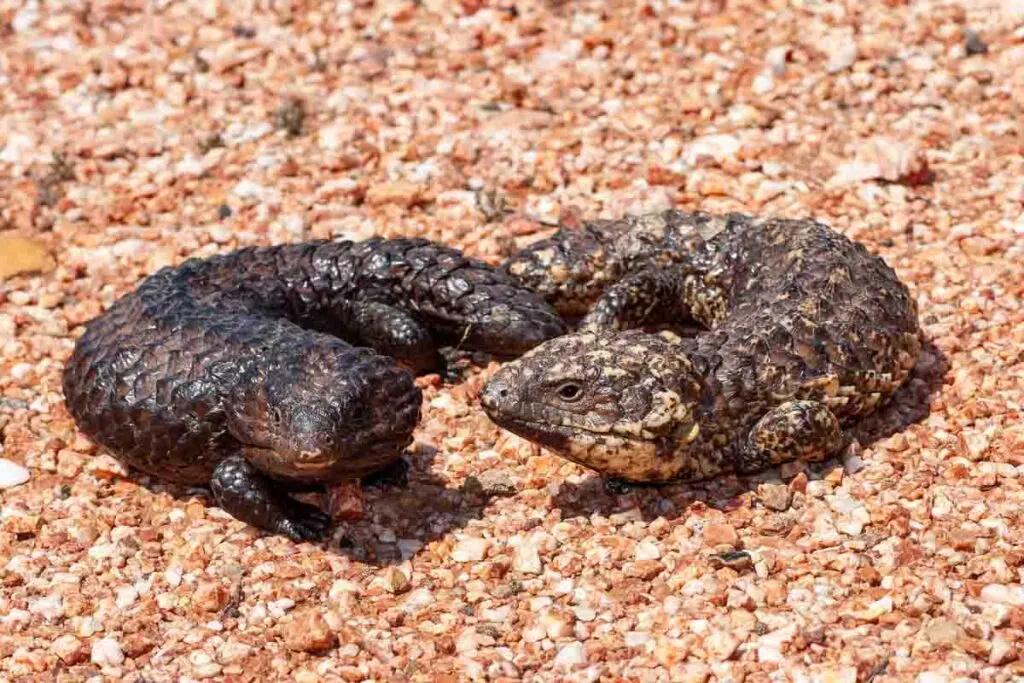
Unlike other lizard species, shingleback lizards are socially monogamous. Male and female shinglebacks find partners to mate with and maintain the bond with their partners for the rest of their lives.
The lizards come together during the breeding season and stay together for a couple of months before they mate.
Once the female is pregnant, the male goes away and only returns to the female for the next breeding season.
Even after the death of their partner, the shingleback lizards maintain the bond they share with their partner.
Marine Animals That Mate For Life
2. French Angelfish
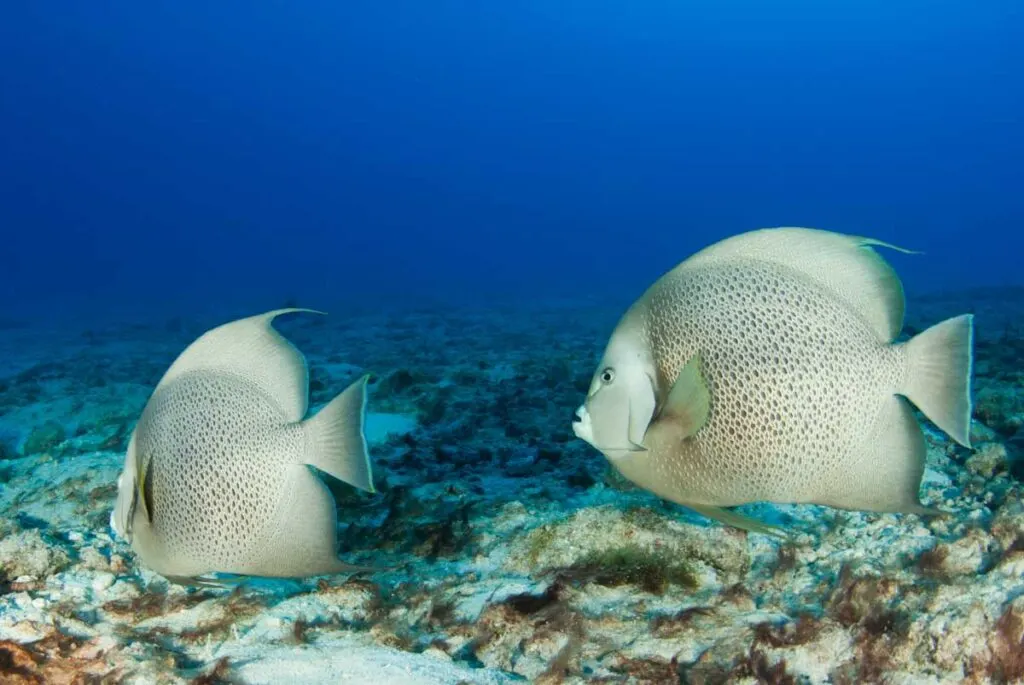
French angelfish build a monogamous bond with their partners.
This bond lasts for their entire lives, and if at all, an adult angelfish is spotted alone, it is mainly because it has lost its partner.
French angelfish bond with their partners not just to mate but also to live, travel, hunt, and spend the rest of their lives together.
If their mate passes away, the angelfish don’t even look for another mate and end up dying alone.
3. Pygmy Seahorses
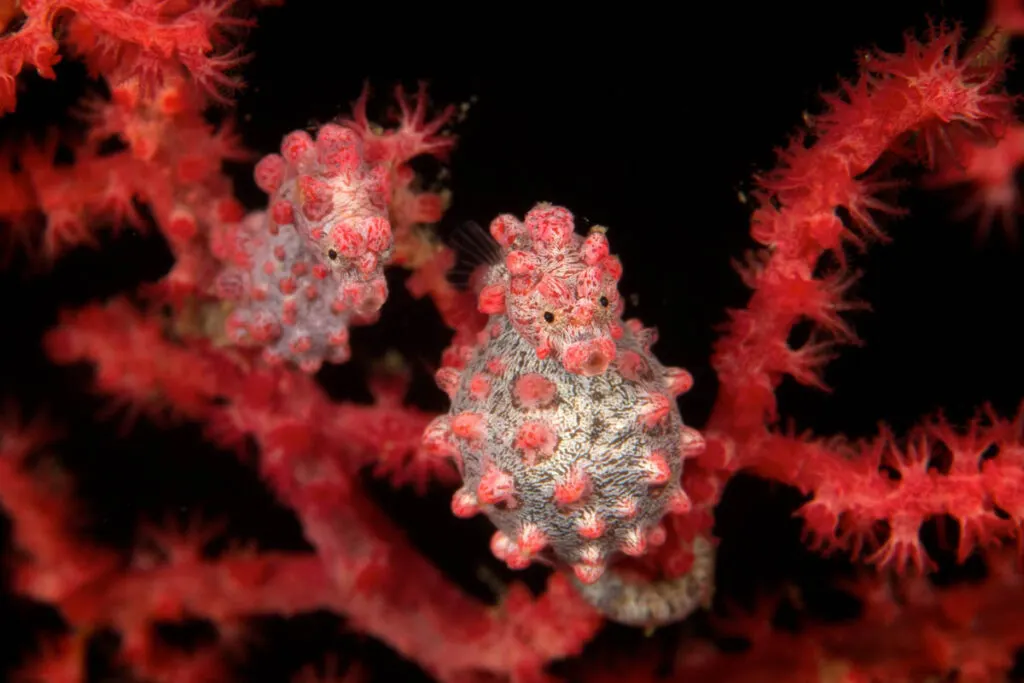
Monogamy in pygmy seahorses may occur during their breeding period or even their entire lifetimes.
Another interesting trait about seahorses is that the males carry the eggs in a pouch on the underside of their bodies.
Mammals That Mate For Life
4. Gray Wolves
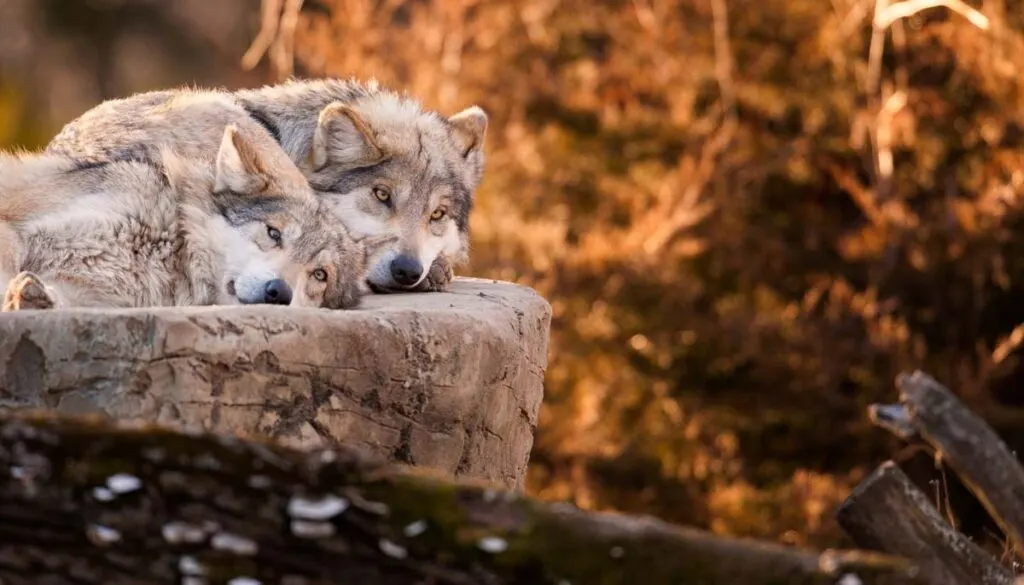
Gray wolves are social animals, but when it comes to mating, they generally choose only one partner for the rest of their lives.
During the mating season, only the alpha pair has the right to mate. However, even though gray wolves are known to be monogamous animals, it doesn’t mean they don’t cheat.
Alpha males are known to cheat on their female partners and stray with other female pack members.
5. Dik Diks
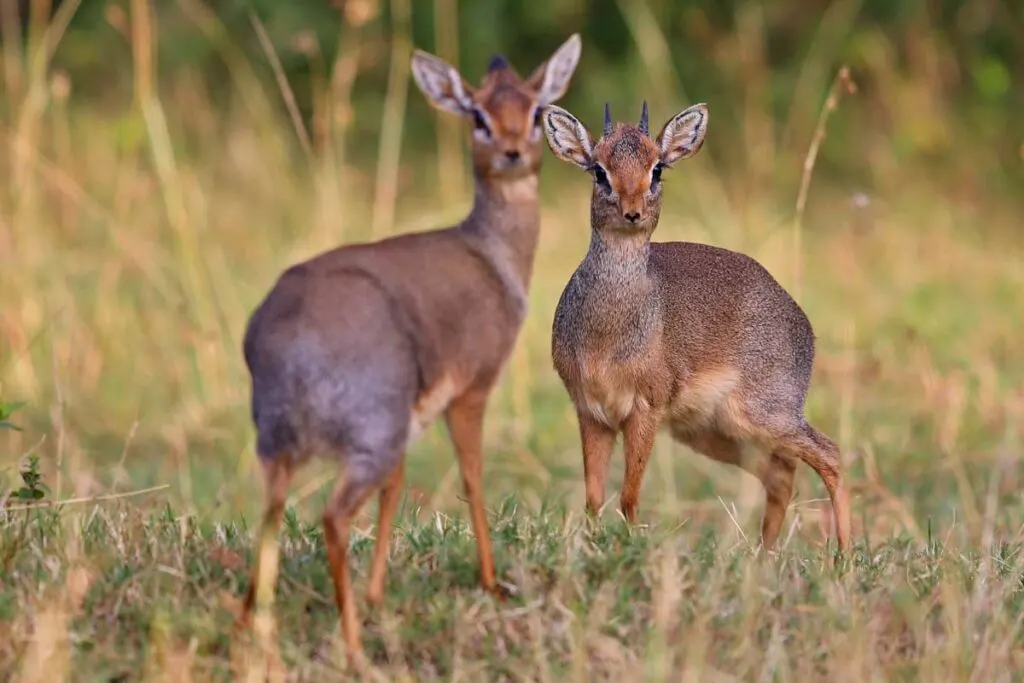
Grazing animals are typically known to live in herds – but that’s not the case with dik-diks.
These animals are one the rare monogamous mammal species and are also known to be very territorial.
Female dik-diks may give birth to one or two offspring every year.
Once the baby dik dik turns seven months old and is ready to venture out on its own, the parents chase it off the territory to fend for itself.
6. Eurasian Beavers
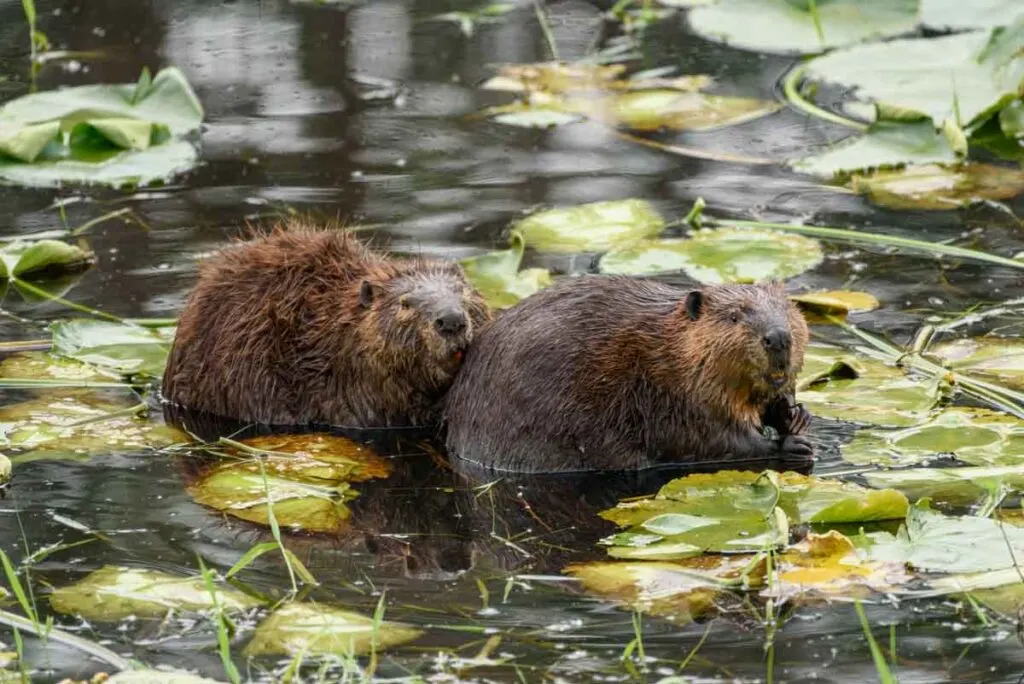
Beavers are territorial, very particular about family dynamics, and selective about their partners too.
European beavers are one among the 3-9% of mammals known to be monogamous, unlike the North American beavers.
Genetically it has been proven that beavers are monogamous and mate with one partner throughout their lives.
After the breeding season, when the offspring is born, the beaver parents stick together to raise their offspring together.
7. Gibbons
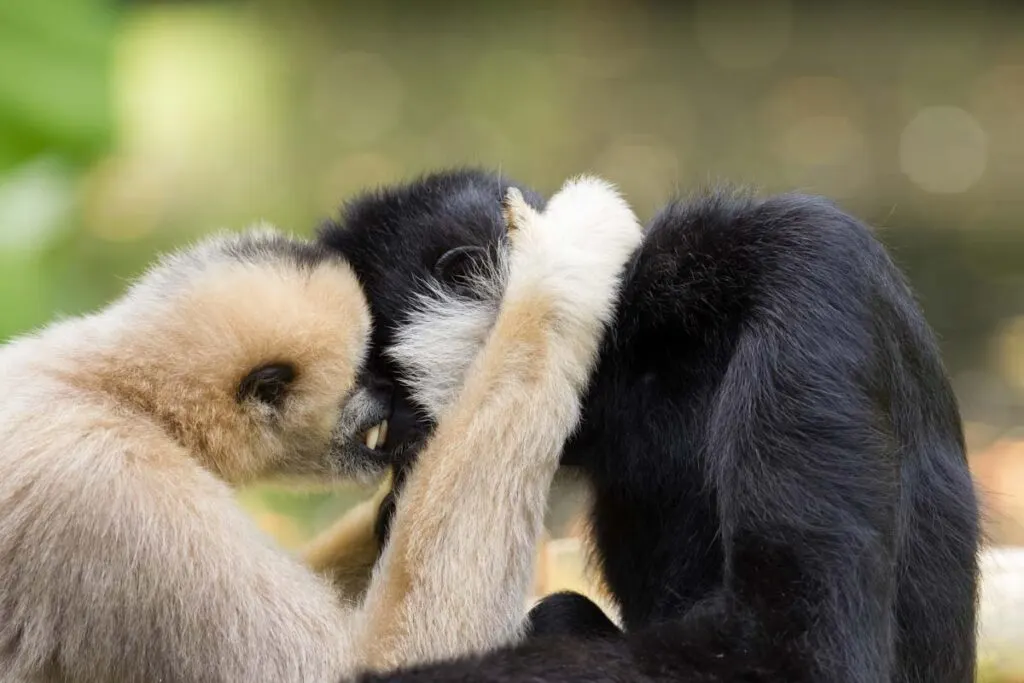
Gibbons are an excellent example of monogamy among mammals and are known to maintain close proximity with their partners throughout their lives.
Gibbons build a bond with their partners by grooming each other for hours.
Pairing up for life, gibbons mate, rear their offspring and build a family that stays together till the offspring is old and mature enough to leave the parents.
8. Titi Monkeys
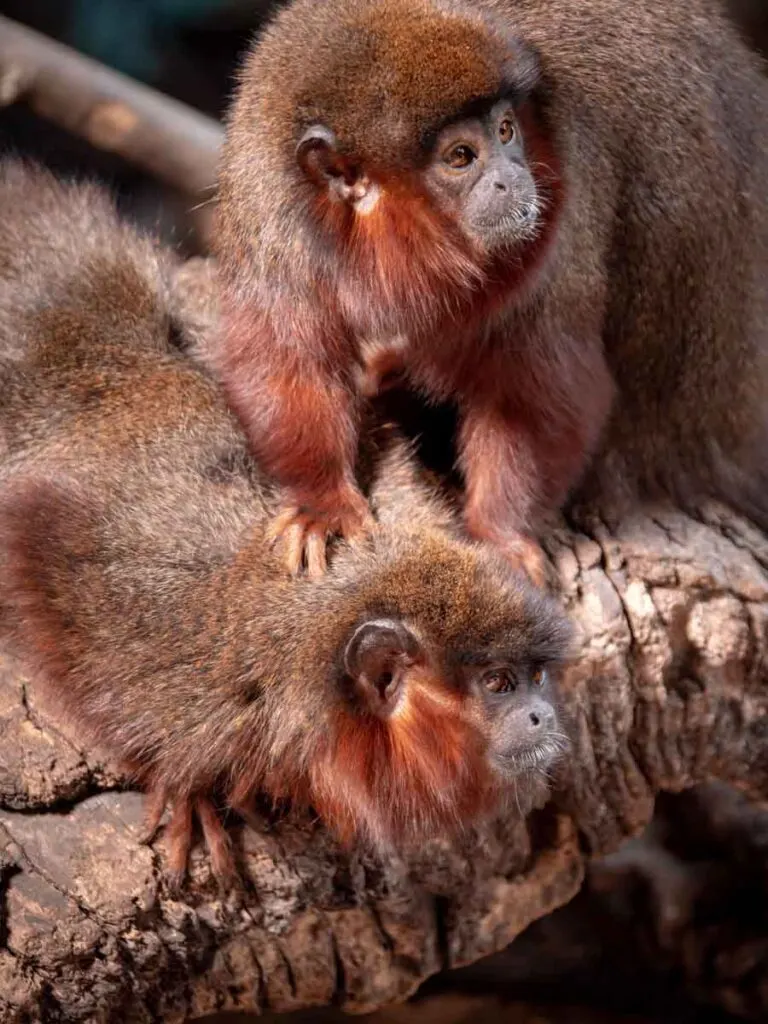
Titi monkeys are very much like humans and display similar attachment traits with their partners.
These cute animals form monogamous pair bonds and maintain them for the rest of their lives. When titi monkey partners die, they exhibit symptoms of grief and distress.
Even when the female monkeys in captivity were kept away temporarily from their male partners, the male titi monkeys exhibited signs of jealousy.
9. Coyotes
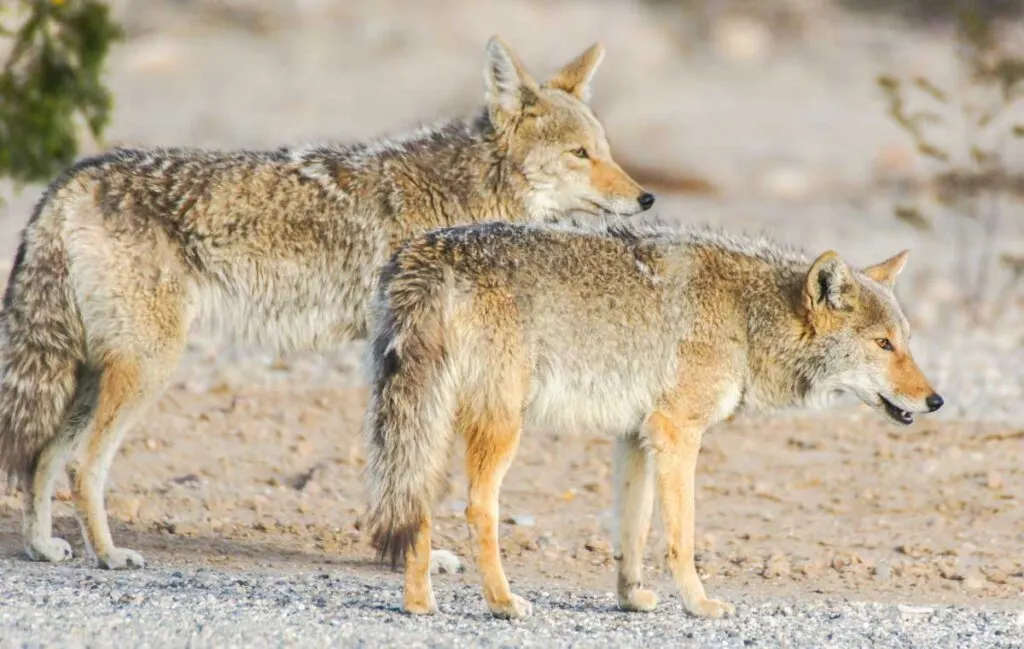
Native to North America, these types of wild dogs are widely distributed in the United States and Canada.
Mammals are not known to be monogamous, one among the very few monogamous species that pair off exclusively.
Coyotes stay in pairs for the rest of their lives as they mate, raise their young ones, and defend their territory together.
In certain regions, coyotes live close together in packs, and in such regions, the chances of coyotes cheating on their partner are high.
Birds That Mate For Life
10. Bald Eagles
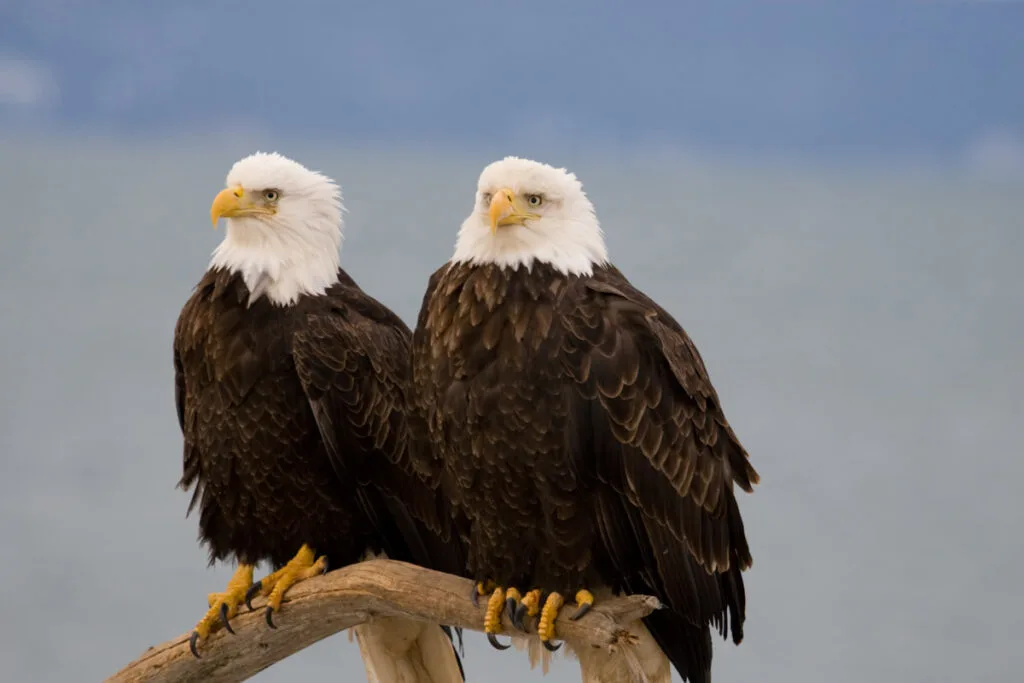
As one of the largest birds of prey, bald eagles are considered apex predators because they are strong animals without natural predators, like many different types of eagles.
But something that also draws attention to these birds is the fact that these animals mate for life.
Bald eagles are solitary birds and are spotted alone during migration and winter.
During the breeding season, however, the bald eagles are spotted with their partners – and as they are monogamous, these birds choose the same partner year after year.
If their partner dies, the bald eagles look for a new partner for the next breeding season. The bald eagle pair nests and produces one offspring every year.
11. Albatrosses
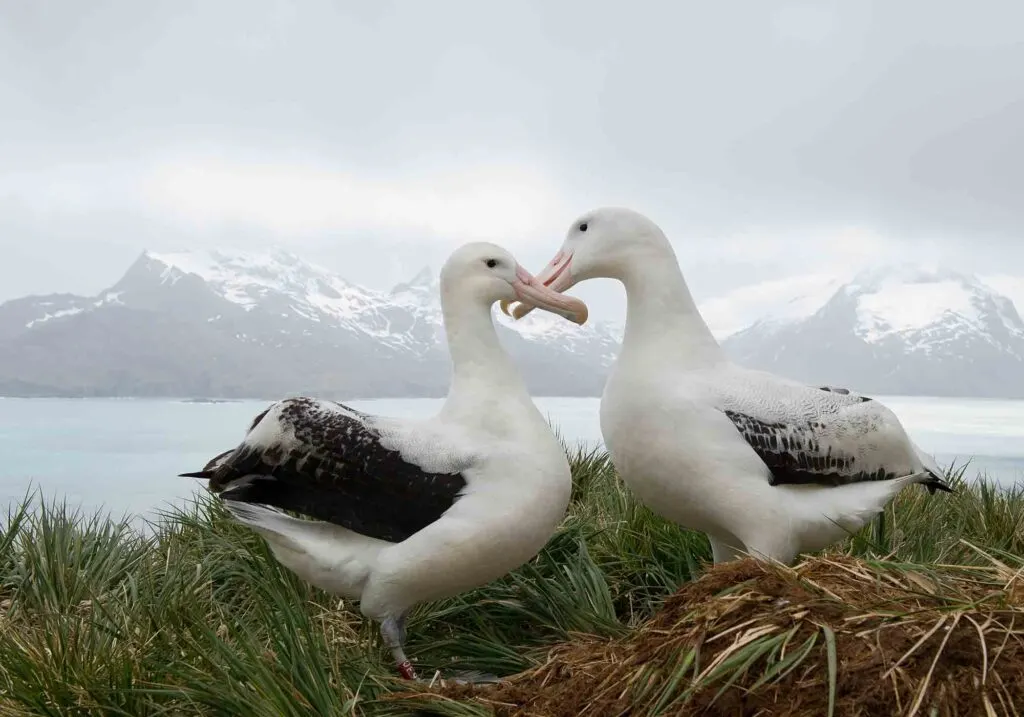
Among other bird species, albatrosses are known not only for being one of the largest flying birds but also for their admirable monogamy.
They put in a lot of effort to find a mate – and once they do, they hold on to the same partner every year.
Every year, albatrosses migrate far and wide, but when it’s time for the breeding season, they manage to return to the same partner every single year!
They have a secret mating dance that they use to court their partner for the first time, and this mating ritual becomes like a secret code when they meet the next time to mate.
Did you know? Of all the collective nouns for animals, the collective nouns for birds are the most curious ones. A group of albatrosses is called a rookery of albatrosses!
12. Black Vultures
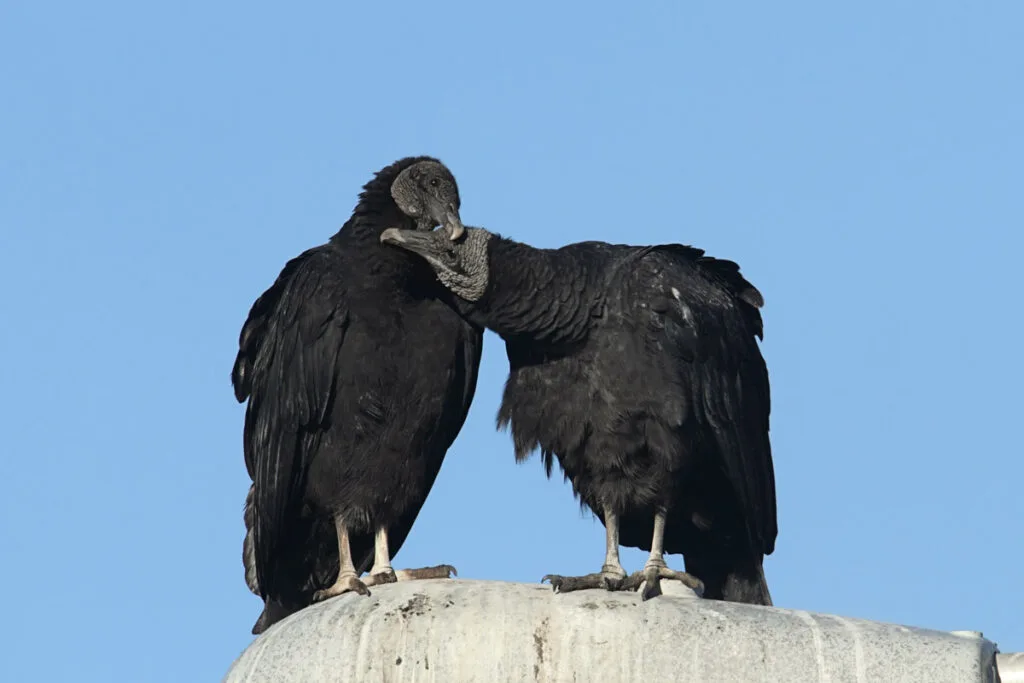
Unlike other birds, black vultures live with their partners throughout the year – needless to say, these monogamous birds also mate with one partner only.
Black vultures typically nest in hollow caves, thickets, abandoned buildings, and spots where they can breed and raise their young without any threats.
Vultures are also known to reuse the same sites for breeding over the years.
13. Sandhill Cranes
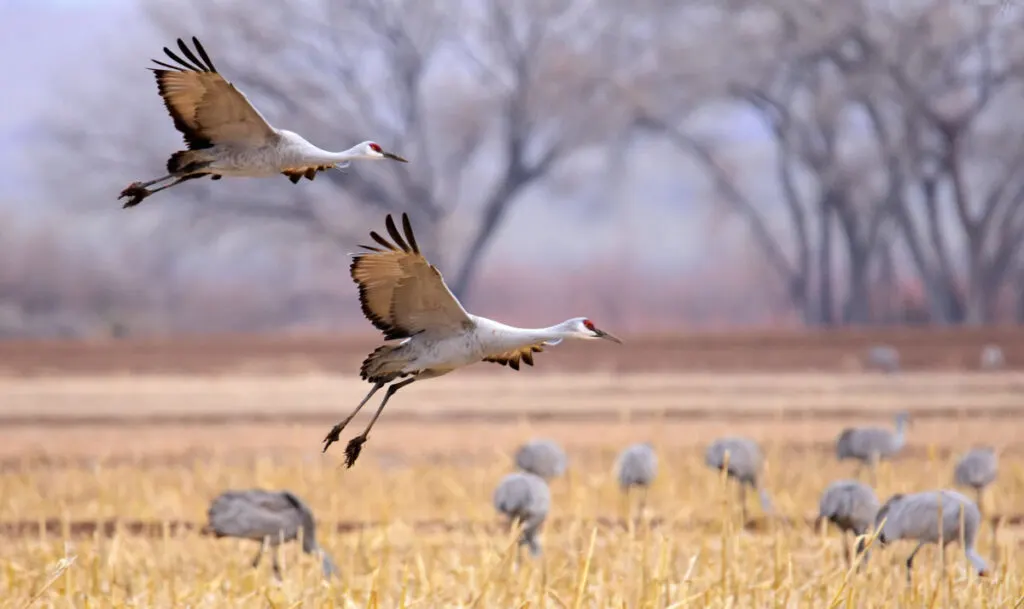
Sandhill cranes are known not just for migrating long distances but also for the long-term relationships and strong bonds they form with their partners.
Most sandhill cranes mate for life, but not all sandhill crane pairs are monogamous and may mate with other cranes too.
Sandhill cranes separate due to the loss of a partner or if they are unable to reproduce or lose their nest.
Successful reproduction with one mate often results in a long-term partnership among the cranes.
14. Barn Owls
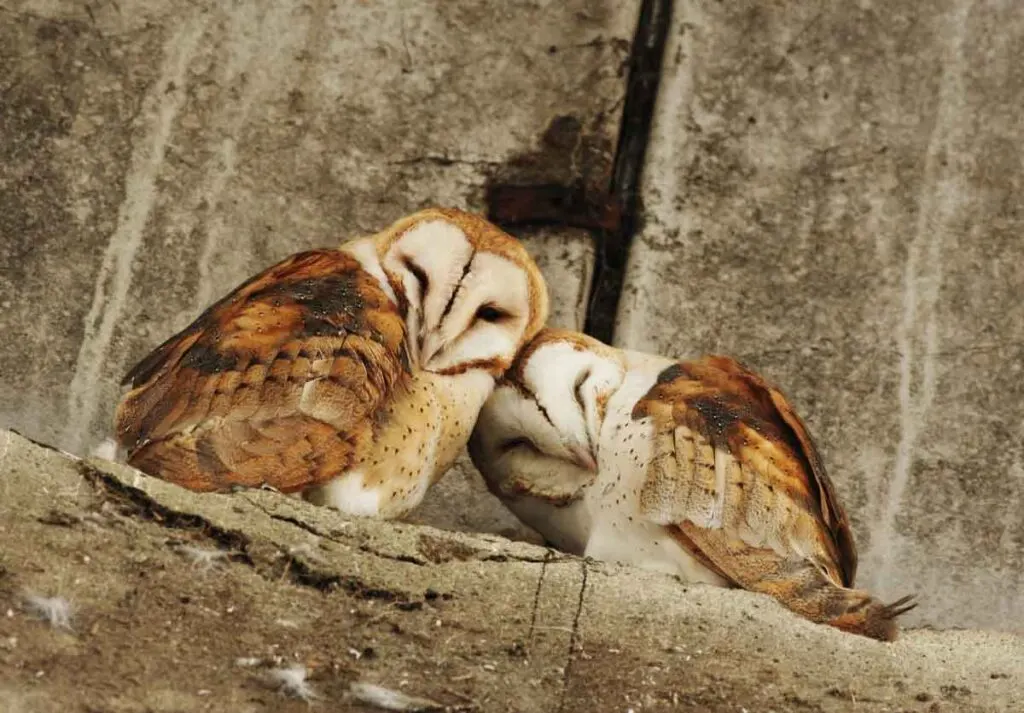
Barn owls are monogamous types of owls, meaning the partners remain faithful to each other for the rest of their lives. However, in certain circumstances, barn owls, too, divorce.
Barn owls would divorce their partner if she is unable to lay more eggs or if not, many hatchlings from the brood survive.
If the breeding is going well, the barn owls stay loyal to each other for the rest of their lives.
15. Fischer’s Lovebirds
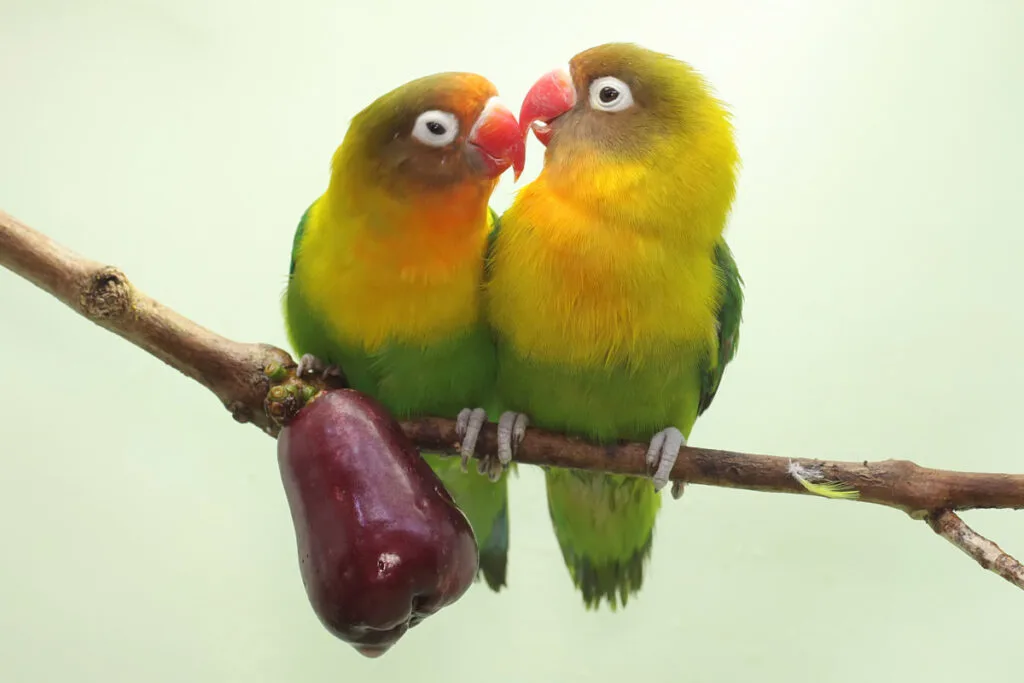
Just like albatrosses, Fischer’s lovebirds too put in a lot of effort to court their potential mates.
The males often try to win over the females by singing for them, dancing at an ecstatic display, and even feeding them food!
Once they find a mate, the lovebirds wander away from the flock and build a nest away from the rest of the lovebirds.
16. Geese
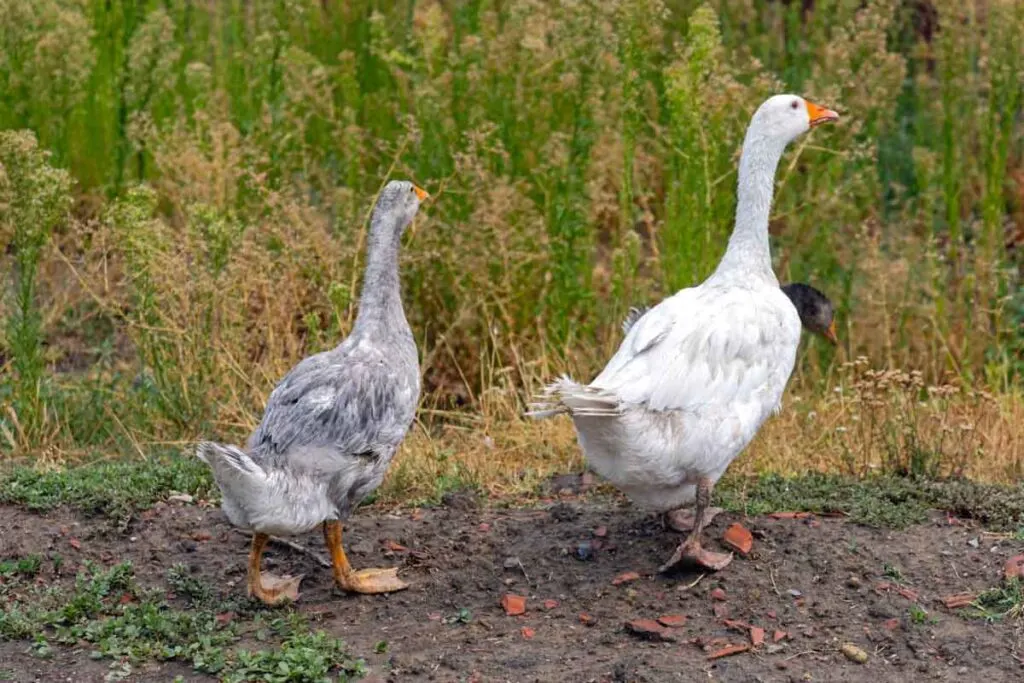
Geese live in pairs all their lives – but like most other monogamous birds, geese are territorial only during their breeding period.
When a mating pair of geese bonds, they are loyal to each other and maintain a monogamous relationship to ensure their offsprings are well-tended and survive till adulthood.
17. Mute Swans
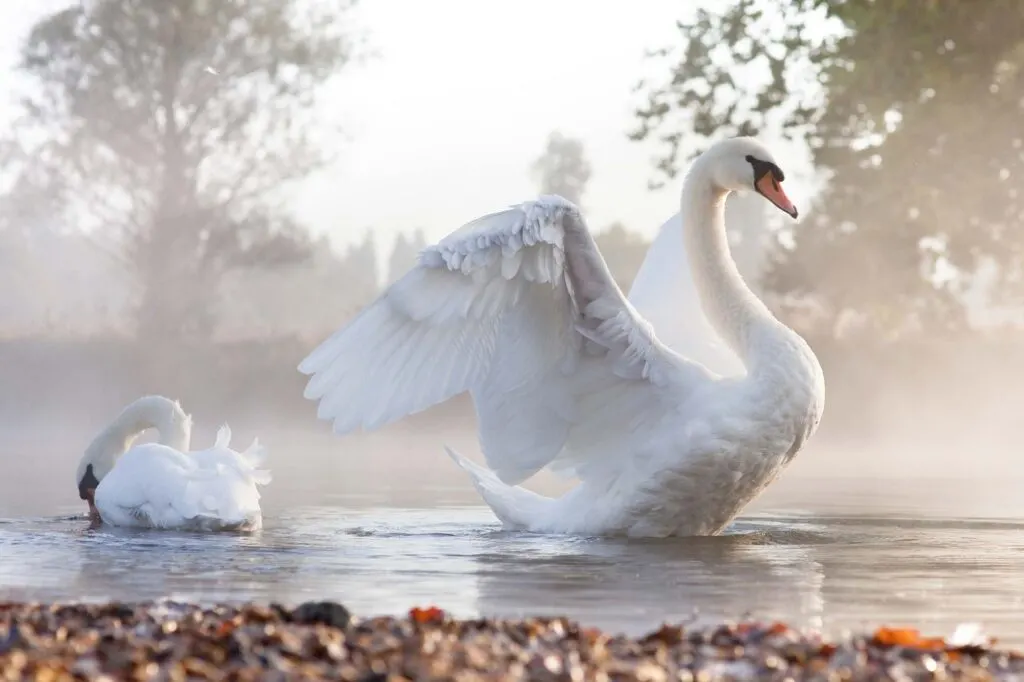
Mute swans are mutually exclusive when it comes to their mating partners. They only look for another partner to mate with once their first partner dies.
If a male swan mates with an older female swan, he moves into her territory to build the nest and breed.
Likewise, if the male swan mates with a younger female, she moves to his territory. Females typically tend to choose younger males to mate with.
18. Sun Conures
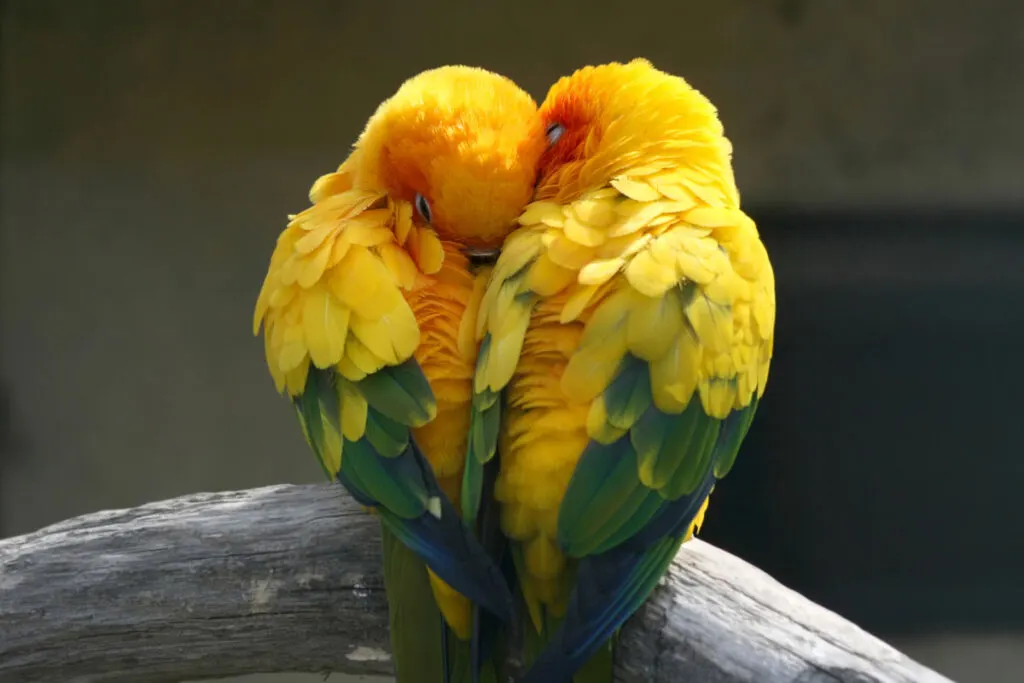
Sun conures are known to be very affectionate towards their partners. They form monogamous relations for the purpose of breeding and raising their offspring.
In one breeding season, the female sun conure lays around 3-4 eggs.
The chicks are born blind and are tended to by both parents for 7-8 weeks until the chicks are grown enough to fly out by themselves.
19. Atlantic Puffins
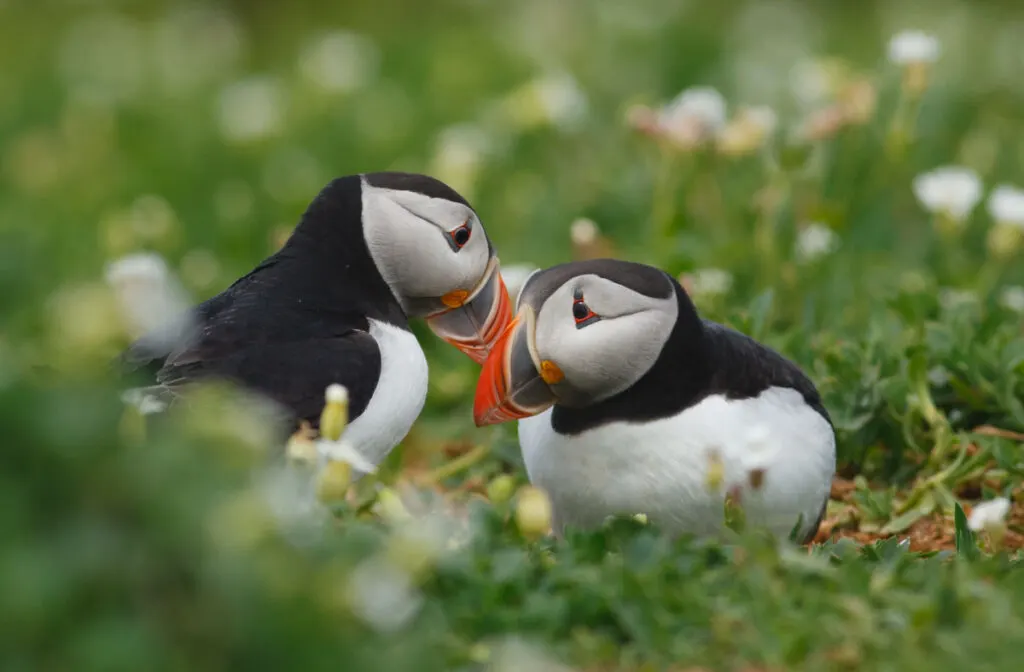
Atlantic puffins reach sexual maturity at around five years of age, after which they look for a partner to mate with.
When they find their partner, puffins build a monogamous bond with them. Puffins mate with the same partner every year, after which the female puffin lays one egg.
The male and female puffins take turns tending to the egg for the incubation period of 35-45 days.
20. Pigeons
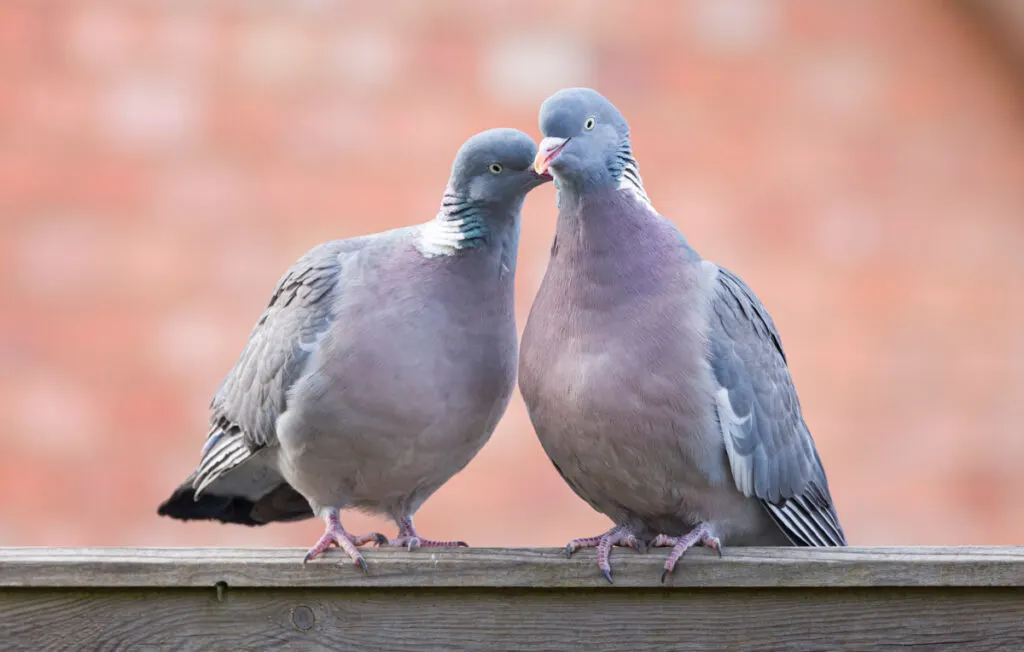
Pigeons are known to be monogamous, not just out there in the wild but also in captivity.
Pigeons maintain a symbiotic monogamous relationship to ensure their young ones are reared well.
They mate for life and do not accept another partner easily – even when their partner dies.
21. Monk Parakeets
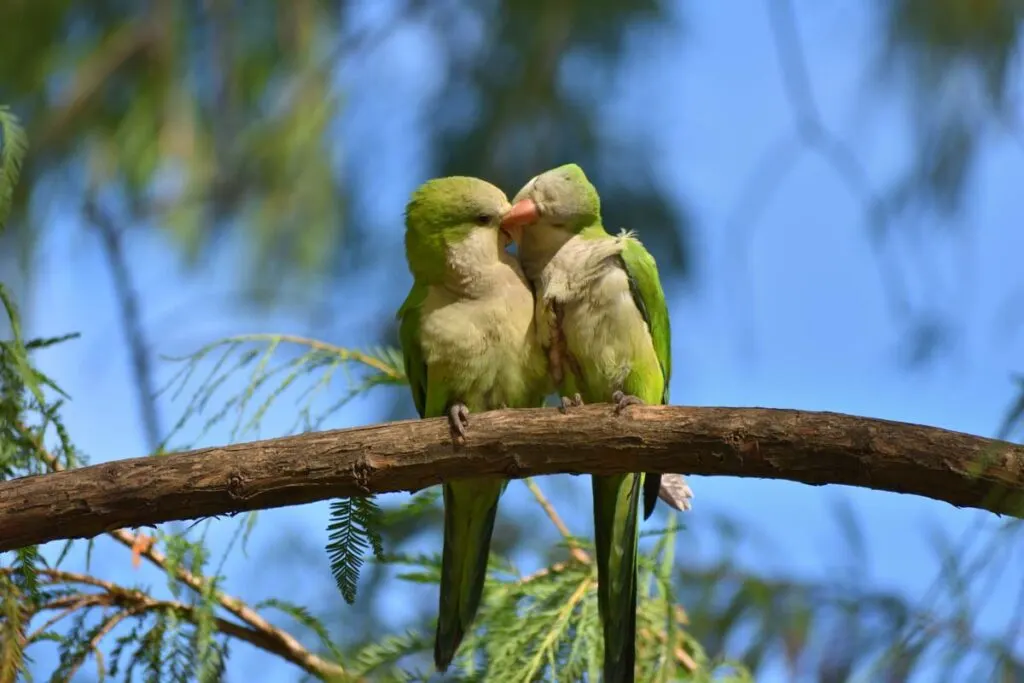
Another species of birds known to have strong monogamous relationships, monk parakeets bond with their partners throughout their life.
These birds breed colonially and build one large nest for the entire colony. There are separate entrances and exits for every pair of monk parakeets in this huge nest.
The parakeets build stick nests, on which the female parakeets lay around 6-12 eggs.
Once the eggs hatch, both parents contribute to taking care of the hatchlings until they are ready to leave the nest.
More Monogamous Animals
Gray foxes
Prairie voles
Scarlet macaws
California condors
Oldfield mice
Mantis shrimp
Macaroni penguins
Do you know more monogamous animals? Drop their names in the comments and help us complete this list!
Did you enjoy this list of animals that mate for life? Then share this article with your friends or on your social media!

Vickie Lane
Saturday 3rd of December 2022
Crows